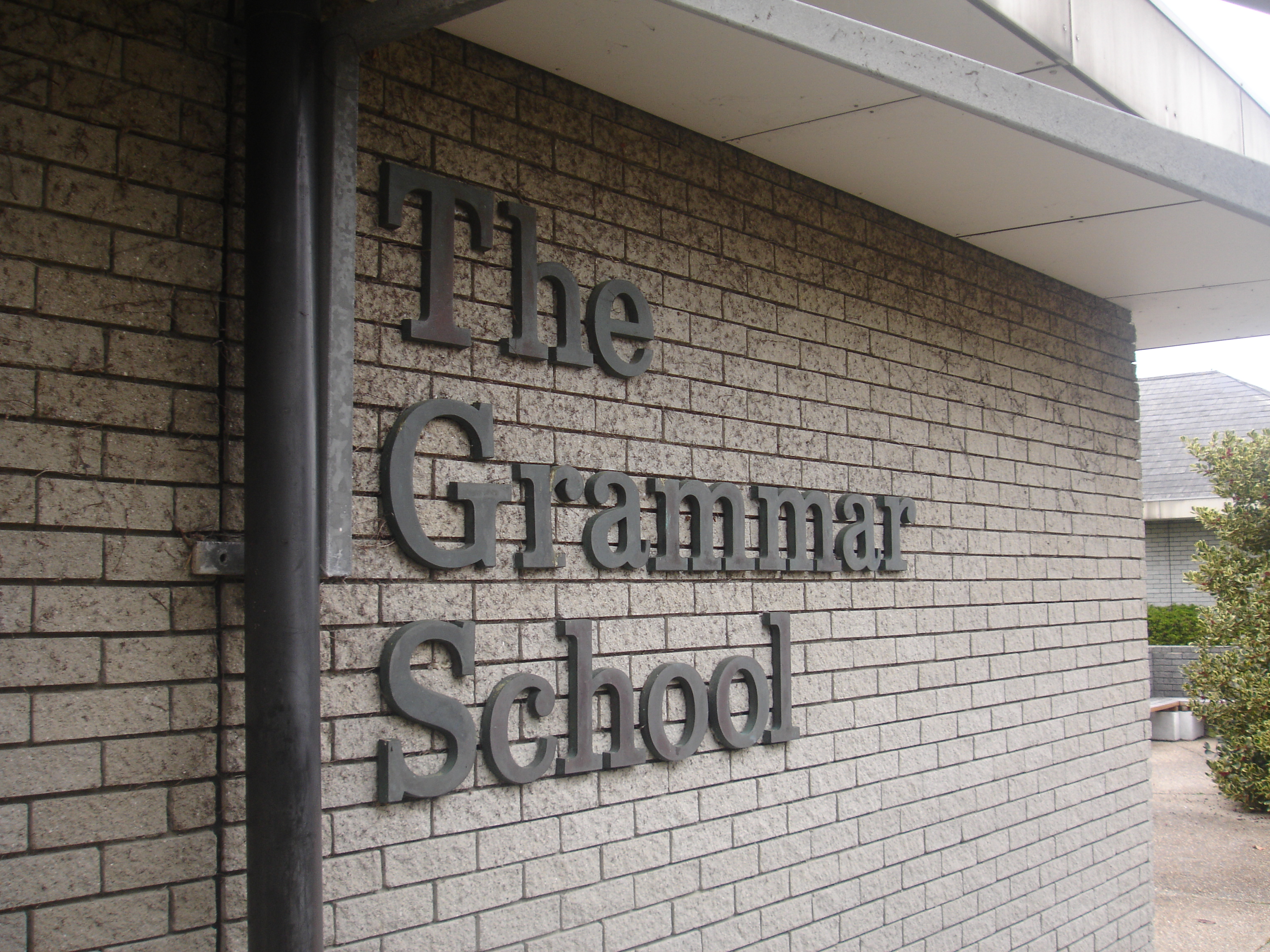Below are the reference citations of all of the works used in my previous three blogs. They are structured in accordance to my desired major/discipline and range in content from scholarly journals to social media outlets. Each citation is followed by a brief description of the source.
Source I:
Stetka, Bret S.
The Three Major Controversies in Neurology: A Debate. [Online/Web] Medscape Multi Specialty. http://www.medscape.com/viewarticle/844694_2. [May 18, 2015]
Stetka is a medically licensed physician who is the Editorial Director for Medscape writing numerous articles with the company's affiliate WebMD. The article "The Three Major Controversies..." presents the issue of the ethic of genetic mapping and the two opposing sides opinions/arguments. Stetka writes to inform the reader of neurologists current support for such mapping; while also noting genealogist discomfort in using such tech since the mapping is more or less incomplete. This article will be used for a majority of my base line position on the issue.
Source II:
Hayden, Erika Check.
Genome Sequencing Stumbles towards Clinic. [Online/Web] Nature Weekly Journal. http://www.nature.com/news/genome-sequencing-stumbles-towards-the-clinic-1.14842. [March 11, 2014]
Hayden is a career reporter, writing articles ranging from the 9/11 attack to recent advances in bio medical engineering. The main purpose for this article is to persuade its audience in opposing the implementation of genome sequencing technologies, yet debunks any theories that such mapping could be detrimental to one's health. Hayden satirizes the idea of a debate on the issue through the tone of its title, and presentation of pro-sequencing data. This article will be used as a reference for a counter argument to my claim.
Source III:
Donely,Greer. Hull, Sara Chandros. Berkmen, Benjamin E. Prenatal Whole Genome Sequencing: Just Because We Can, Should We? New York City, NY. The Hastings Center Report: Hastings Center; [July-August 2012].
Greer, Hull, and Berkmen are career physicians and medical analysts whose journal presents the current opposition argument on whether it is ethical to use such genome mapping in child development; even though we have the capability of do so. The source itself focuses more on the issue of whether to inform the parents of unborn children of possible "undesired" qualities of the child. The text focuses more on hypothetical instances where a pregnant parent, being informed of a child's disability by the gene mapping technology- may abort the pregnancy. This journal will also be used as a reference to a counter argument to my projects claim.
Source IV:
McKusick, Victor A.
Mapping the Human Genome: Retrospective, Perspective and Prospective. Philadelphia, PA. The American Philosophical Society; [December 1997].
Victor A. McKusick is a world renown geneticist, the "Founding Father in Medical Genetics," and the Professor of Medicine for the John Hopkins Hospital in Baltimore, Maryland. McKusick presents an eight page journal regarding the future of the Human Genome Project as it nears completion in 2001. The article entails the history of the mapping of the human genome sequence, and provides definitions and simplified explanations to the basic aspects of the project's research. This article will be used as my reference to the origin of the Gene Sequencing Debate.
Source V:
Twitter. Neuroscience News (neurosciencenew) "Possible Role of Glial Cells and Astrocytes in Neurological Disorders." August 17, 2015 [Tweet].
The Neuroscience News twitter page presents a news coverage style post with links to the article on the organization's webpage, as well as reference to the laboratory that made the announcement. The content of the link entails the newest research study into the genome sequence, and presenting data that supports the claim that due to mapping doctors may be able to look for certain group of nervous system cell tissue mutations that contribute to a debilitating neurological disorder. This tweet will be used as a form of recent example that genome sequencing is improving medical care and doctor's ability to find disorders or future illnesses before any major symptoms over come the patient.
Source VI:
Twitter. Neuro.Social.Self (nuerosocialself) "Potential Device for at-Home Parkinson Treatment" September 5, 2015 [Tweet].
Neuro.Social.Self is an online organization that posts links to contemporary essays, videos, and recent news articles written by either sociologists, psychologists, neurologists, or geneticists. The page act as as a form of median to genetic and neurology news updates. As a resource, the tweet links the reader to an instance where gene sequencing technology can detect shifts in the body's condition when it is diagnosed with Parkinson disease. The tweet is in a way a means to support the use of this technology, and presents an article that is from a pro-sequencing laboratory tech organization. This tweet will also act as a recent example genome mapping's success in the treatment or prevention in major neurological illnesses.
Source VII
Hidary, Jack.
The Future of Cancer Research- Whole Genome Sequencing. [Online/Web] The Huffington Post Corp. http://www.huffingtonpost.com/jack-hidary/the-future-of-cancer-rese_b_4385075.html. [12/03/2013].
The Huffington Post is a international online news corporation that covers a wide range of current issues regarding health, government, society, and the economy. The article is written by journalist Jack Hidary who is also a entrepreneur. Hidary co-founded Vista Research in 2001 as an independent financial research company; as well as became President/CEO of Earth Web/Dice. The article serves to promote the use of gene sequencing as a means for cancer research and treatment. The article, attempting to be unbiased, presents new research that has found that the mapping of genes- in rats and mice- has allowed researchers to predict/theorize with a lower chance of error when a patient may develop tumors and where. Hidary predicts that after a new round of funding for these programs, researchers may be able to push for clinic trials.
Source VIII
Smith,Wesley J. Ethical Stem Cells Grow Brain. The National Review [Online/Web] http://www.nationalreview.com/human-exceptionalism/422734/ethical-stem-cells-grow-human-brain-wesley-j-smith. [August 19, 2015].
Wesley J. Smith, is a senior journalist for the Discovery Institute’s Center on Human Exceptionalism, as well as a consultant to the Patients Rights Council. In May of 2004, Smith was named one of the nation’s premier expert thinkers in bio engineering by the National Journal due to his work in bioethics. The article entails how scientists of Ohio University have grown a full brain within the labs. This "scientific wonder" is in part of extensive gene and neurological mapping used to duplicate the complex muscle, with most of its basic functions operable. Due to its pro-mapping for the greater good of science rhetoric, I this article will be used for a majority of my base line position on the issue.
Source IX
Rockoff, Jonathan.
Why Gene Editing Technology Has Scientists Excited. The Wallstreet Journal [Online/Web] http://www.wsj.com/articles/why-gene-editing-technology-has-scientists-excited-1434985998. [June 28, 2015].
The article entails how new gene mapping and in this case "editing" may permit scientists to correct mutations in the genetic make up of humans; therefore, correcting major DNA errors that contribute to mental and physical disorders. The article hopes to promote the technology by referring to its possible medical impact on the treatment of usually permanent disorders to the economic prospects of the technology's industrial manufacturing and implementation in hospitals. The article will serve as another example of the positive aspects of the use of genetic mapping and its associated technology.
Source X
Markoff, John.
Cost of Gene Sequencing Falls, Raising Hopes for Medical Advances. The New York Times [Online/Web]. http://www.nytimes.com/2012/03/08/technology/cost-of-gene-sequencing-falls-raising-hopes-for-medical-advances.html. [March 7, 2012].
The article, written by seasoned bio engineering expert and medical ethics analyst John Markoff, describes how government funding and the decrease in the expense to map and catalog genetic sequences within DNA has allowed a greater population of scientists to undergo research into the mapping of the human genome; as well as, use the collected data to create technology necessary for future genome based diagnostics. The article predicts that by 2020 most hospitals will have the capability to use gene mapping technology within their diagnostic departments and research facilities for cancer treatment.The article will serve as another example of the positive aspects of the use of genetic mapping and its associated technology.
Note: For this bibliography, I referred to the
NWTC.edu services to cite my sources in the American Medical Association citation style and used
Health Science Library for specific case by case examples including media. Finding and Access to this page was given by
Google.com
Reflection:
After reading the posts made by
Kelly and
Trey, I was able to see that many other writers were confused or unsure how to properly cite a social media source; such as Twitter, when it came to their discipline's citation style format. Iran across this issue as well, as the AMA format citation has no standard for citing social media, as most professionals in this field use more accepted means to obtain information- either through research journals or conventional reading sources. I was able to find two other individuals who had my citation style and they too seemed to have a discomfort citing social media, and as a result our citations differed slightly in certain areas. But overall, those who did have my citation style used an identical fomating style for the more conventional resources.




_haul_in_a_mooring_line_while_mooring_the_ship_in_Faslane%2C_Scotland.jpg)












